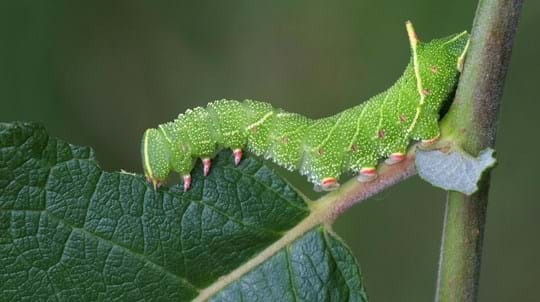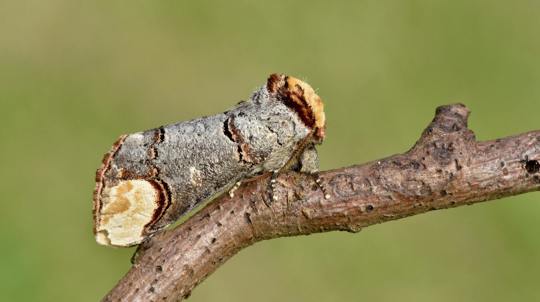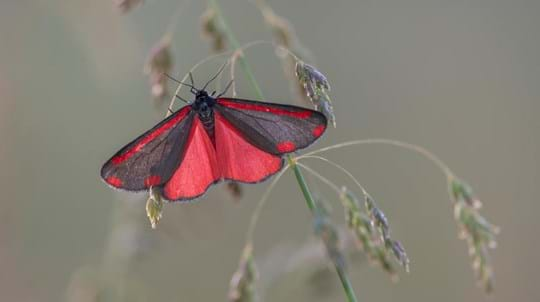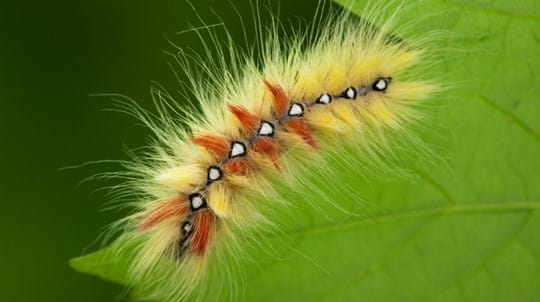
Credit: Christopher Miles / Alamy Stock Photo
What do privet hawk-moths eat?
Adults: feed on the nectar of night-scented flowers such as honeysuckle and jasmine.
Caterpillars: eat the leaves of privet, honeysuckle, ash, holly and garden plants such as spirea and lilac.












